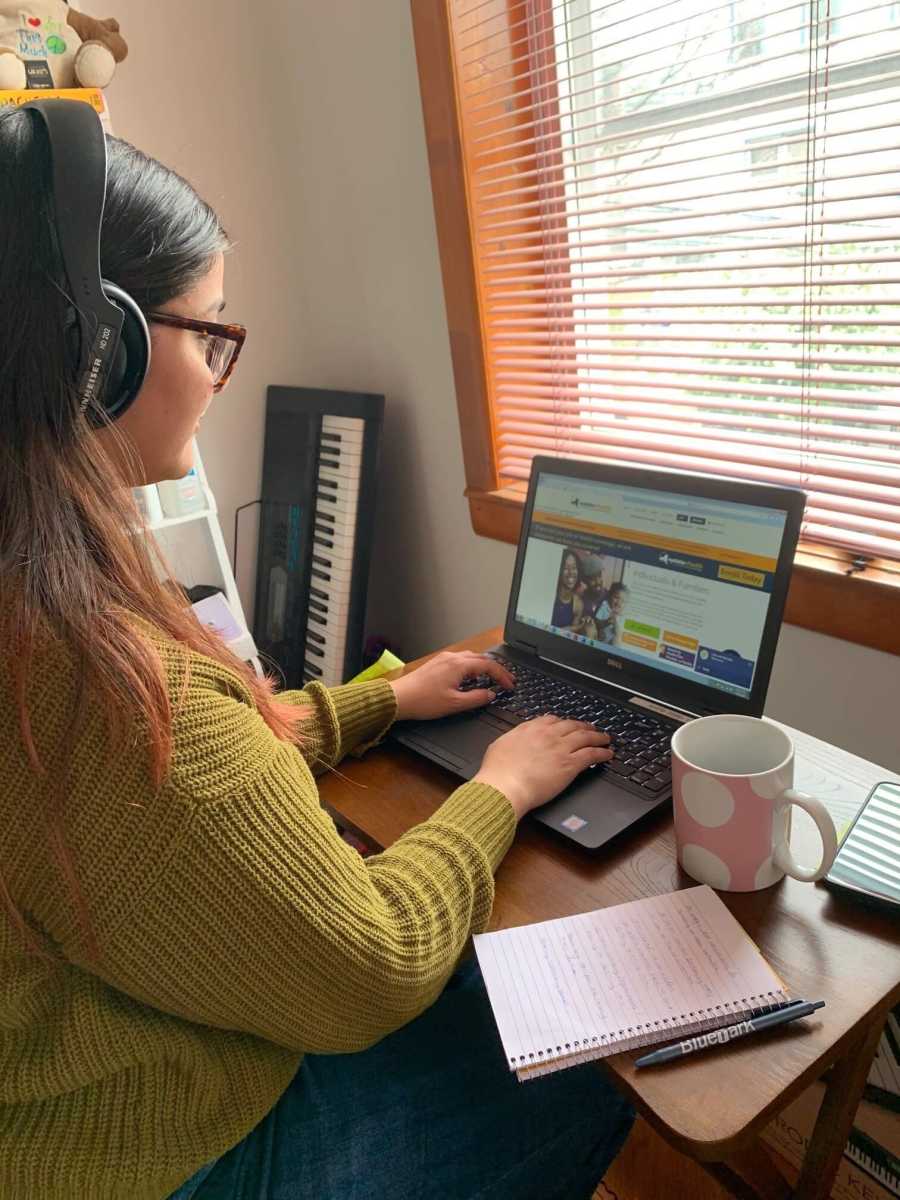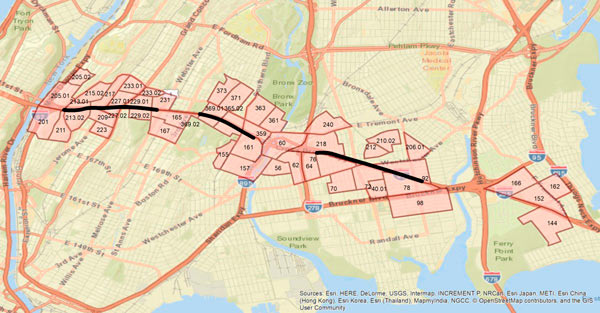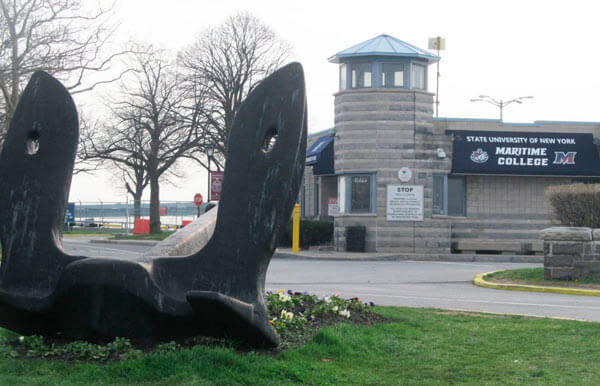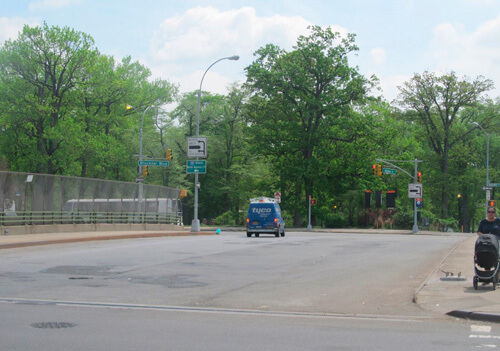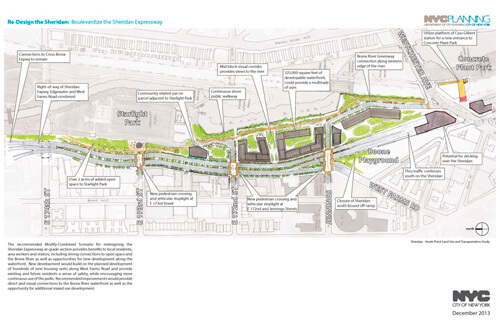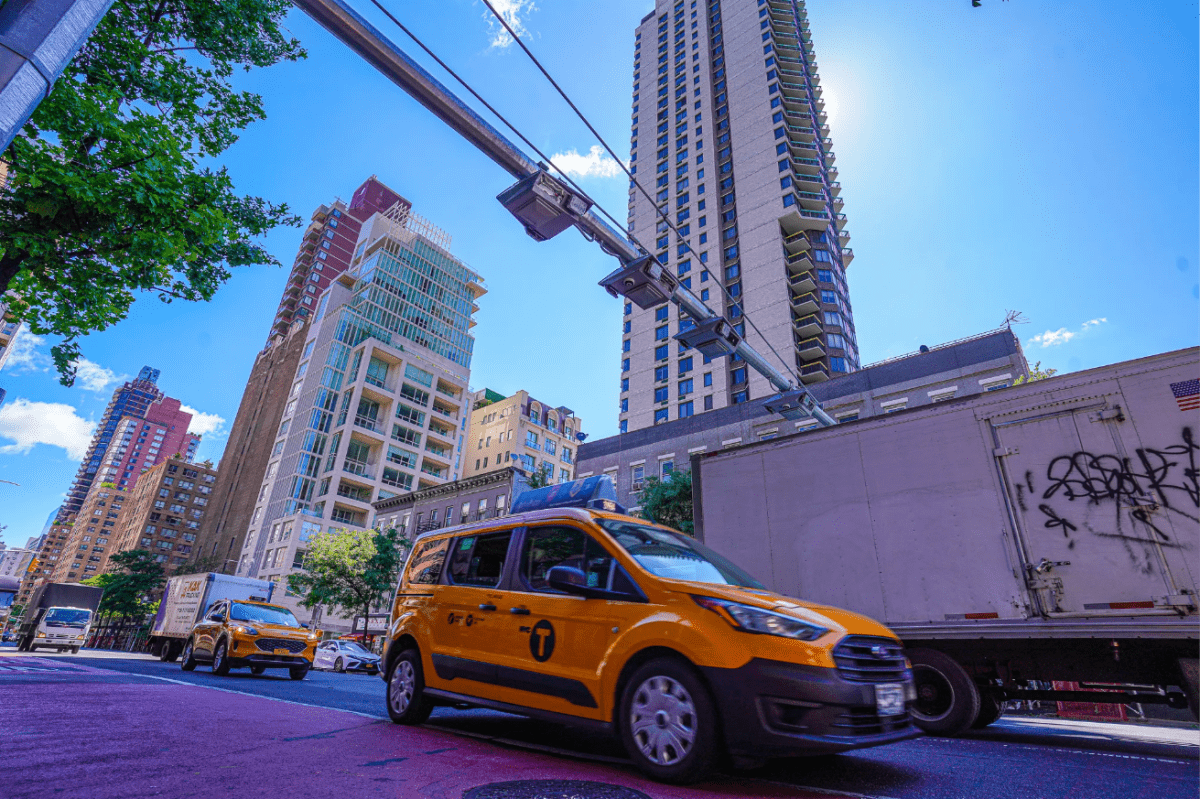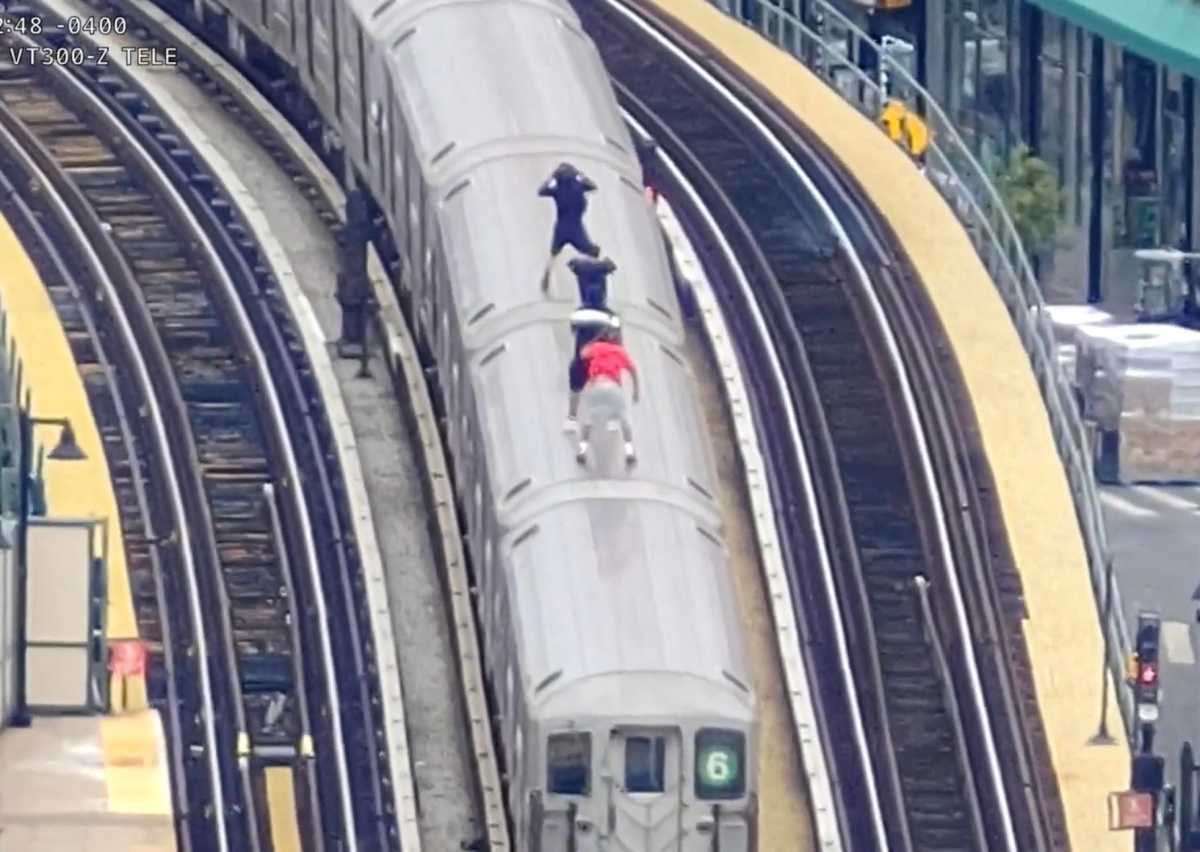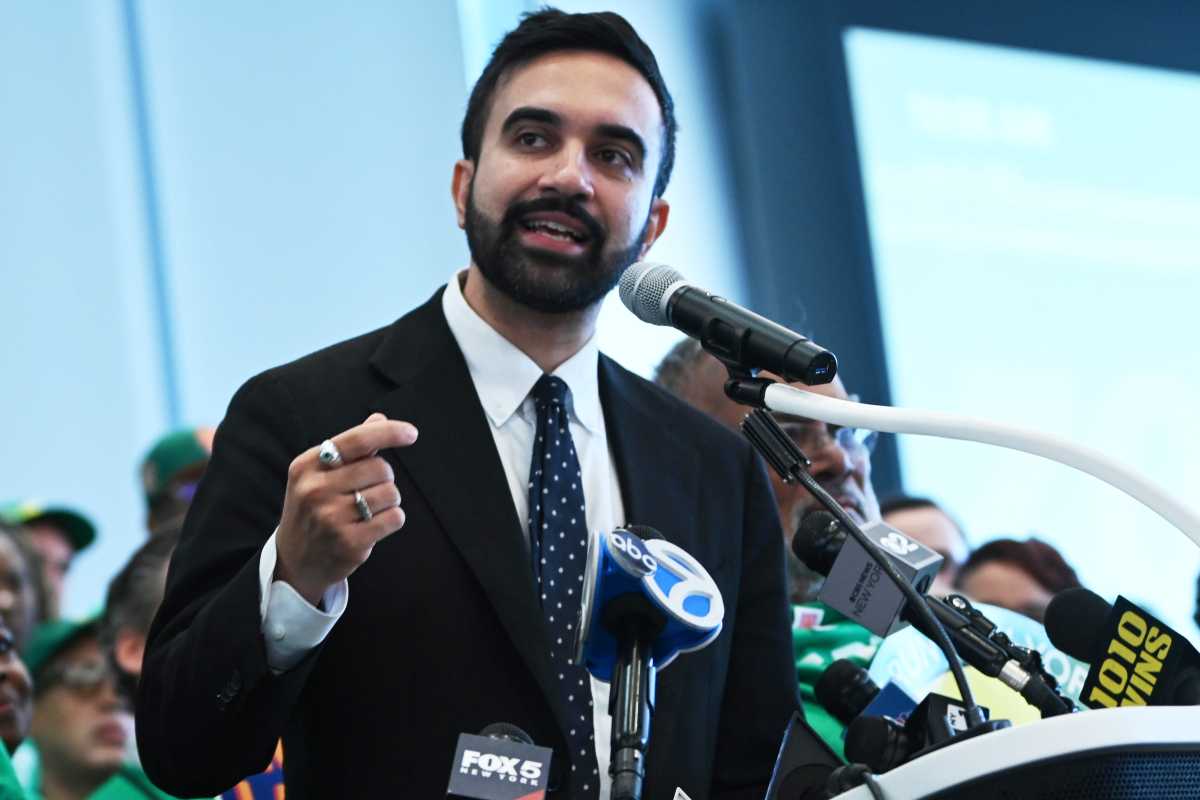A recent study uncovered that Bronxites reported more financial hardship during COVID-19 than other boroughs, with 81 percent worried about running out of money in the next month.
On May 11, Public Health Solutions, a New York City nonprofit addressing health equity, unveiled its study study that showed low-income New Yorkers’ concerns about their ability to afford essential expenses due to the coronavirus.
According to the study’s findings:
- 29 percent of Bronx respondents would need help paying their bills in a month if they lost their job, compared to 19 percent in Brooklyn and 15 percent in Manhattan and Queens.
- 11 percent of people in the Bronx are panicked about getting enough food for themselves and their families, compared to 6 percent of all respondents.
The survey reached 1,000 adults from varying income levels across the five boroughs. The findings reveal the financial difficulties plaguing low-income New Yorkers are worse among communities of color and in certain boroughs. As food pantries shutter and the New York City eviction moratorium gets extended until August, these results show that New Yorkers need long-term help keeping their heads above water.
Among all low-income respondents, the survey found:
- When asked about their top concern over the next month, more than one-third said they were most worried about getting enough food, followed by paying the rent or mortgage (25 percent).
- 27 percent have applied for or utilized SNAP in the last month. 13 percent utilized food pantries or soup kitchens, and 14 percent applied for or utilized unemployment.
- Nearly a quarter either didn’t have health insurance when the outbreak started. 16 percent still do not have health insurance and 7 percent have lost health insurance in recent weeks.
Among low-income people of color in New York City, the survey found that:
- 69 percent of Hispanic low-income respondents are feeling less secure about money as a result of the pandemic.
- More than half of Hispanic low-income respondents report being laid off since the outbreak began. Another 14 percent indicated a layoff is likely.
- 38 percent of black low-income respondents have applied for or utilized SNAP in the last month, and 22 percent have benefited from food pantries or soup kitchens.
- Most Asian low-income respondents are worried about paying for medical costs.
“Health disparities among low-income New Yorkers and communities of color are a chief concern under normal circumstances, and now, COVID-19 is making the sick sicker and the poor poorer,” said Lisa David, president and CEO of Public Health Solutions. “We knew that coronavirus was disproportionately infecting low-income communities and people of color, but what we’re seeing here is that these New Yorkers are facing the twin threats of serious illness and increased financial hardship. Limited resources for food, housing, and other social determinants will result in poor health.”

